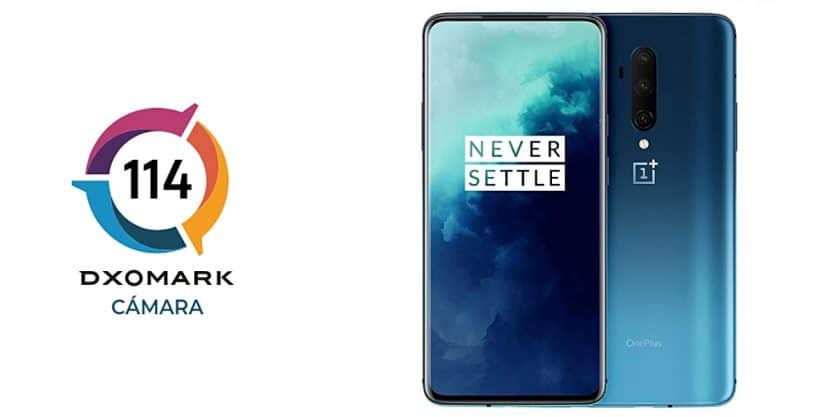
DxOMark, after rating the Xiaomi Mi 10 Pro camera, the new flagship of the manufacturer, has now posted its new camera review that deals with one of the flagships most popular in the industry; we talk about OnePlus 7T Pro.
While it was released in October last year, it wasn't until recently that it received a review of its camera from the test platform. However, despite its excellent score, it was not included in the top 10 of DxOMark.
Here's what DxOMark says about the OnePlus 7T Pro's camera
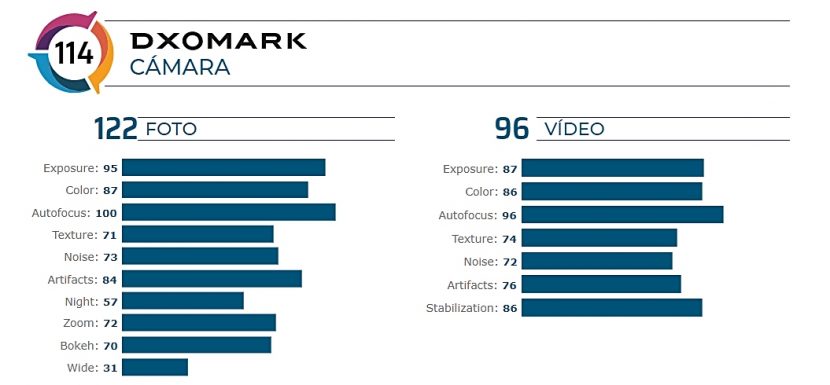
DxOMark scores on the OnePlus 7T Pro camera
With an overall score of 114 in the DxOMark database, The OnePlus 7T Pro shares the position with him OnePlus 7 Pro in the database, which also obtained this final qualification. It's an impressive performance and is on the heels of the Samsung Galaxy S10 5G (116). It's better than what Apple's iPhone 11 got (109), but it falls short of the iPhone 11 Pro Max (117).
The score of 122 in the photo section of the 7T Pro is also identical to that of the 7 Pro, although there are small variations in the subpoints. For example, the 7T Pro's noise score is slightly below what the 7 Pro recorded, but there are small increases in the night and wide scores.
The OnePlus 7T Pro's video score drops two points from the 7 Pro's results, mainly due to small decreases in noise, texture, color, and stabilization scores. On the other hand, the 7T Pro's exposure, autofocus, and artifact scores are fractionally better than its predecessor.
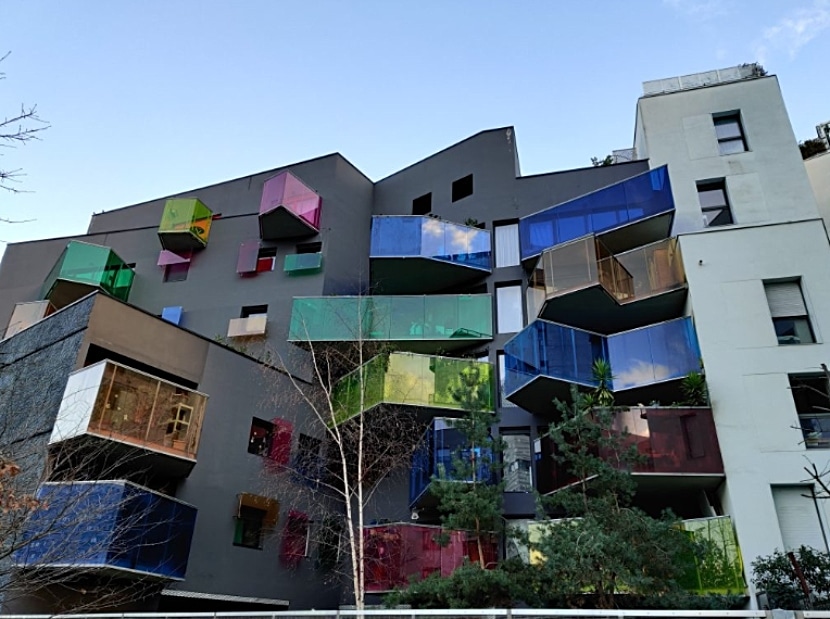
OnePlus 7T Pro day photo | DxOMark
OnePlus seems to have improved the 7T Pro's scene handling with challenging brightness ranges, as this device shows very good dynamic range under most of the tested conditions. The high-end does a better job in this area, balancing the dark and bright parts of the image (although it increases the contrast).
The OnePlus 7T Pro takes a more aggressive approach to preserving the reflections that the 7 Pro produces; the result is fewer dull bright areas in the lighted photo scene, but also darker shadows. However, the intense HDR processing in some shots can introduce some halo to the subjects that appear in the photos.
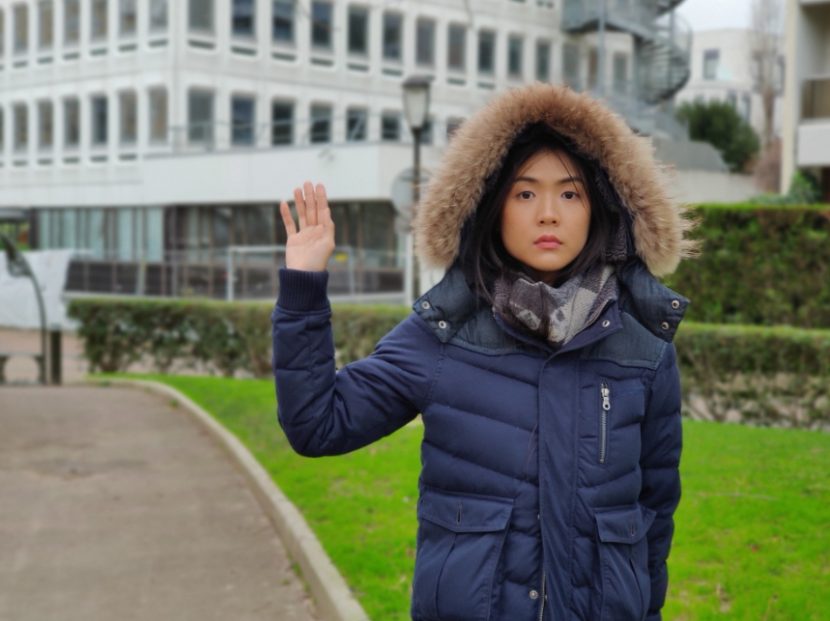
Photo with blur effect of the OnePlus 7T Pro | DxOMark
Although the colors are generally saturated and pleasant, device tends towards a warmer white balance than typical, both indoors and outdoors. Overall, the 7T Pro preserves all the details in the most tested conditions. In bright outdoor lighting, the 7T Pro's detail rendering improves slightly, compared to the 7 Pro. Noise is generally well controlled on many occasions as well. In turn, autofocus performance was excellent in all lighting conditions tested by DxOMark. The PDAF focus of the 7T Pro was extremely accurate in virtually all circumstances.
The OnePlus 7T Pro does a good job overall of simulating background blur for portraits. The depth is well estimated and the bokeh effect is well rendered, with a nice blur gradient and spotlights in the background. The green tones in these types of shots are sometimes oversaturated, leading to unnatural-looking greenery. Despite the saturation problem, the mobile achieves the same Bokeh score of 70 as the OnePlus 7 Pro and the Xiaomi Mi CC9 Pro Premium Edition.
The OnePlus 7T Pro achieved the highest score yet for its flash night portrait, which showed good detail preservation and accurate white balance, despite some noise and color shift at the edges of the image. . However, performance was significantly reduced when the flash was turned off, with severe loss of detail and too much motion blur and ghosting. Portrait performance with automatic flash was good too.
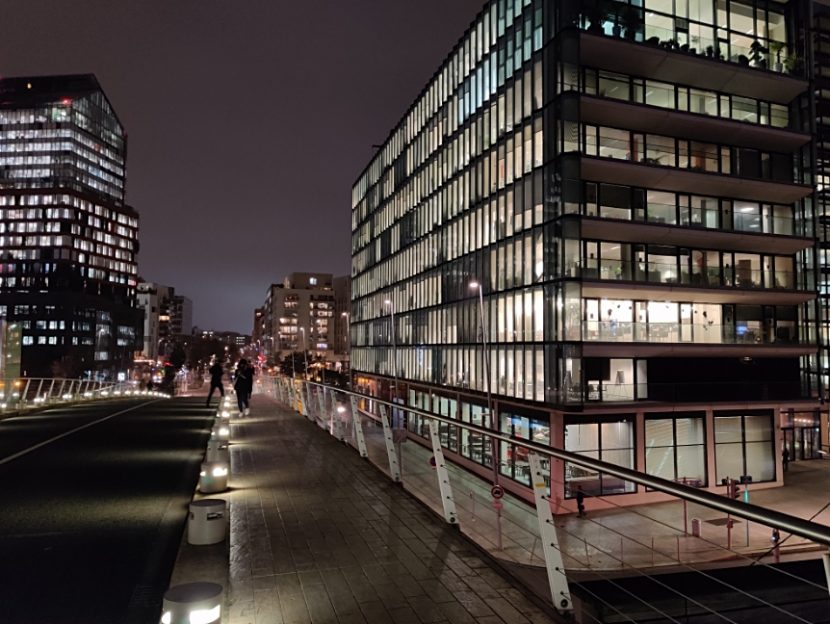
Night photo of the OnePlus 7T Pro | DxOMark
In bright conditions, noise is well controlled, and even in low light, the noise is still impressively low. However, low light noise can be a problem on moving objects, along with some artifacts and ghosting. Texture performance is slightly worse than what the 7 Pro managed to record. Image stabilization in video mode is also slightly less effective, and frame shifts can cause distracting movements in clips, DxOMark concludes. .